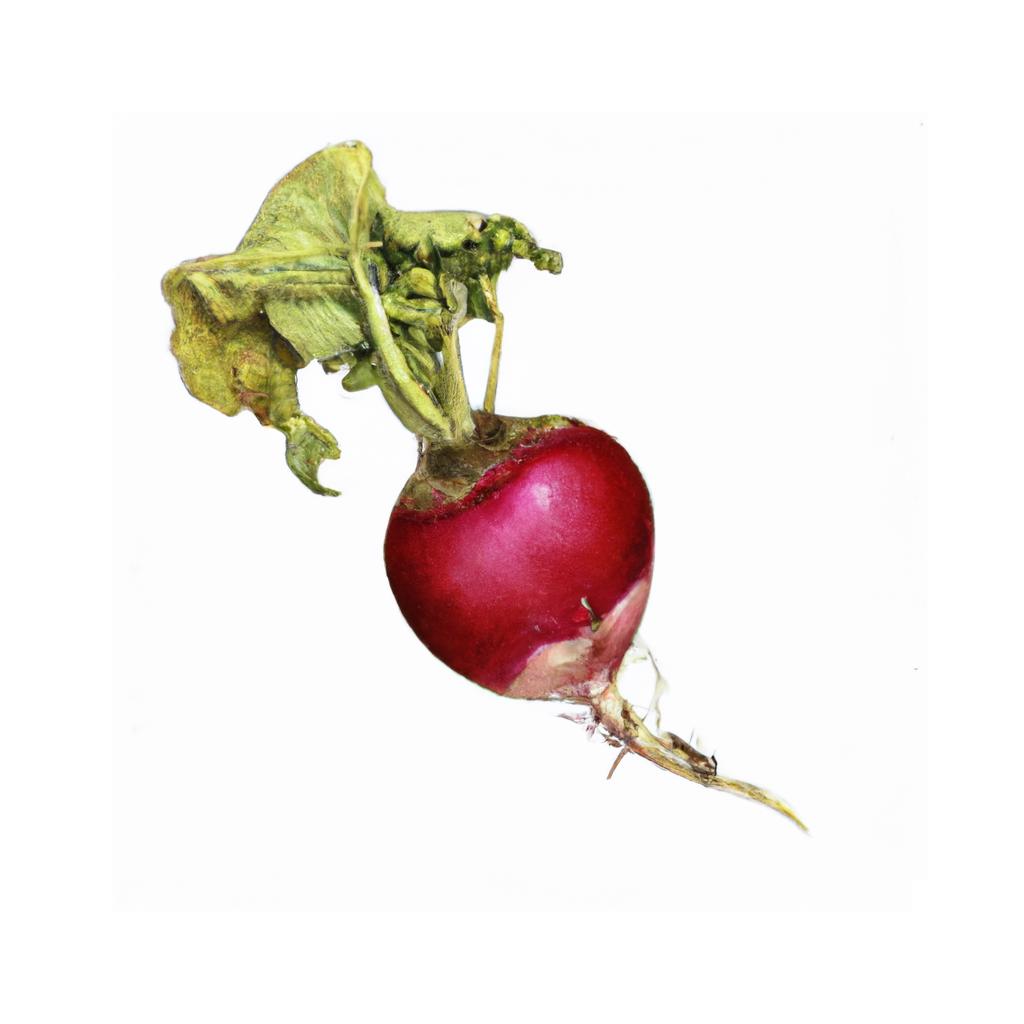
Radishes are small root vegetables that belong to the Brassicaceae family, which also includes mustard, cabbage, and kale. They are known for their crisp texture and peppery flavor, which can range from mild to spicy depending on the variety. Radishes have been cultivated for thousands of years, with evidence of their cultivation dating back to ancient Egypt and China.
There are many different varieties of radishes, including red, white, purple, or black, and they come in various shapes, such as round, oblong, or long and slender. Some popular types include the Cherry Belle, French Breakfast, and Daikon (also known as the Japanese radish).
Radishes are not only delicious, but they are also low in calories and high in nutrients. They are a good source of vitamin C, potassium, and fiber, as well as various antioxidants and phytochemicals that are beneficial for overall health. The leaves of the radish plant are also edible and contain nutrients such as calcium, iron, and vitamin A.
When it comes to incorporating radishes into your meals, they can be enjoyed both raw and cooked. Raw radishes provide a crunchy addition to salads, sandwiches, and tacos, while cooked radishes can be roasted, stir-fried, or even pickled. They also pair well with a variety of foods, such as cheese, fish, and poultry, and can be used in recipes ranging from crisp salads to hearty soups.
This is advice is most applicable to growers in the UK, you may need to adjust the timings if you live somewhere with a different climate and/or seasons.
| Month | Tasks | Advice |
|---|---|---|
| January | sow, | Sow radish seeds indoors in trays or pots to get a head start on the growing season. |
| February | sow, | Continue sowing radish seeds indoors, or if the weather permits, sow directly in the prepared soil outdoors. |
| March | sow, | Sow radish seeds directly in the soil outdoors, ensuring they are spaced adequately apart. |
| April | sow, harvest, | Continue sowing radish seeds outdoors and begin harvesting mature radishes as they become ready. |
| May | sow, harvest, | Sow radish seeds every two weeks to ensure a continuous supply. Harvest mature radishes when the roots are about 1 inch in diameter. |
| June | harvest, | Harvest radishes regularly to prevent them from becoming woody and overly pungent. |
| July | harvest, | Continue harvesting radishes and sow a final round of seeds for a late summer crop. |
| August | harvest, | Harvest the remaining radishes from your summer crop. You may also sow a final round of seeds for a late summer crop if you haven't already. |
| September | sow, | Sow a final round of radish seeds for a late autumn harvest. |
| October | harvest, | Harvest the last of your radishes before the winter sets in. Radishes can withstand light frost but not a deep freeze. |
| November | - | - |
| December | - | - |